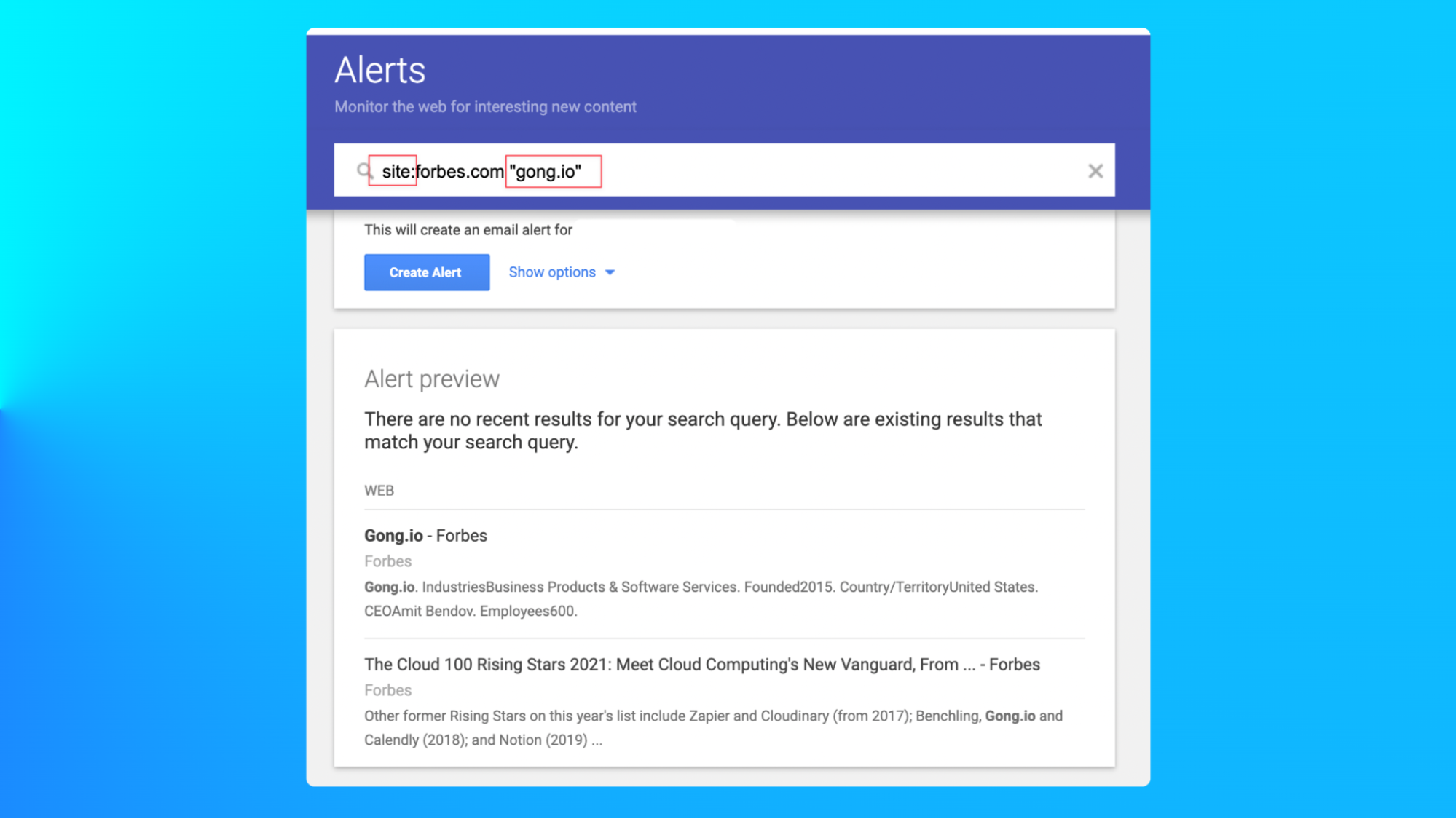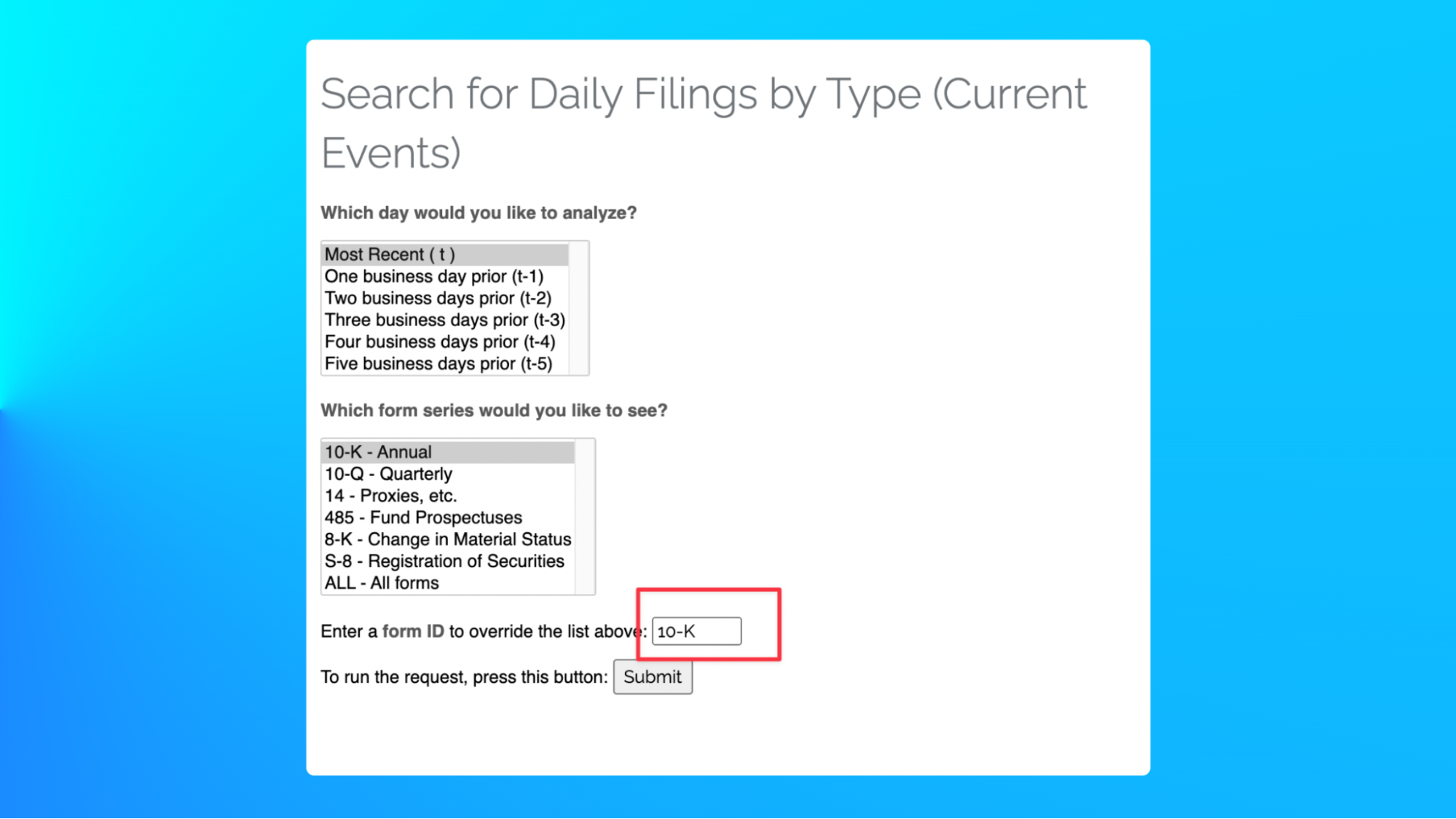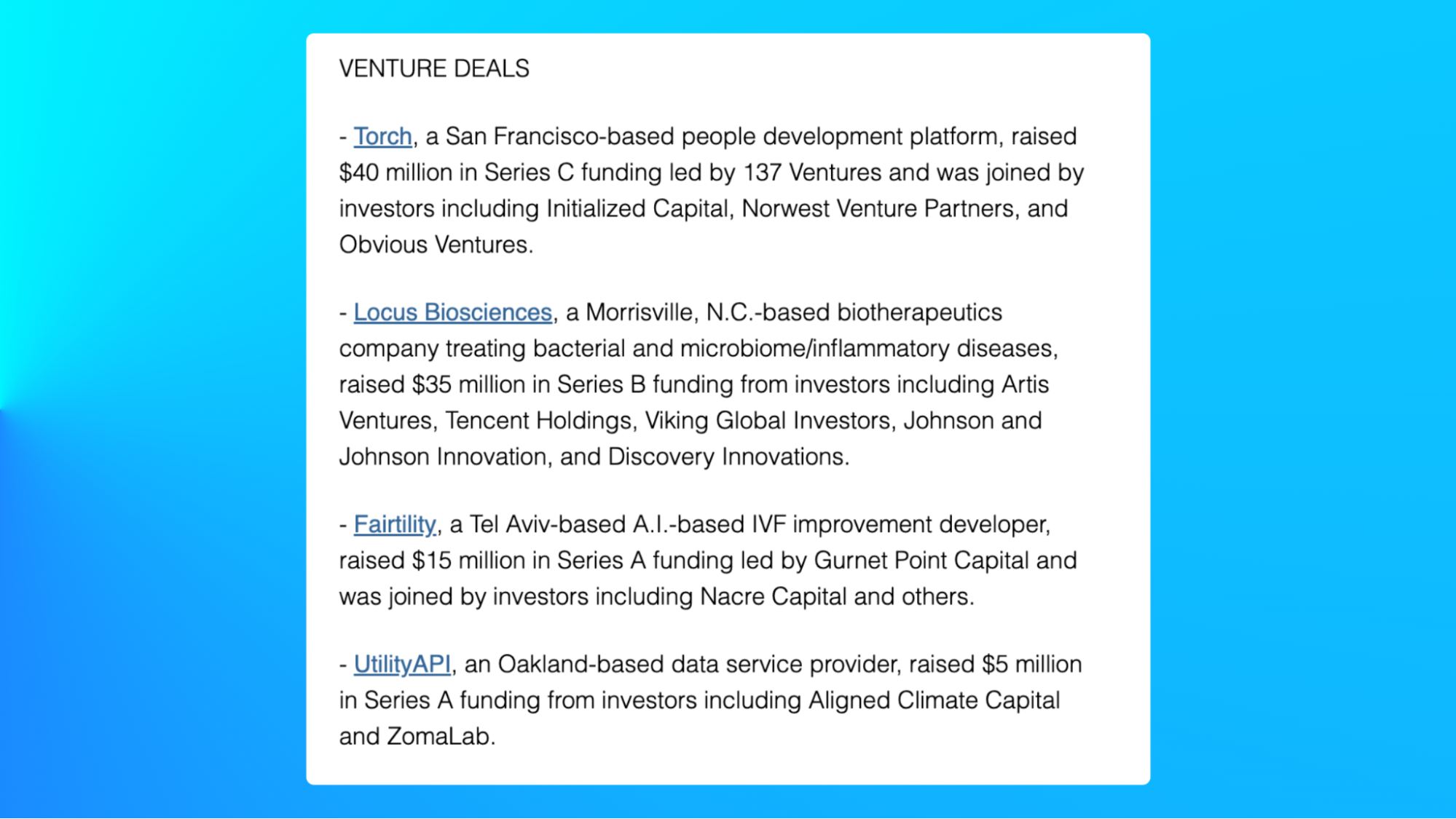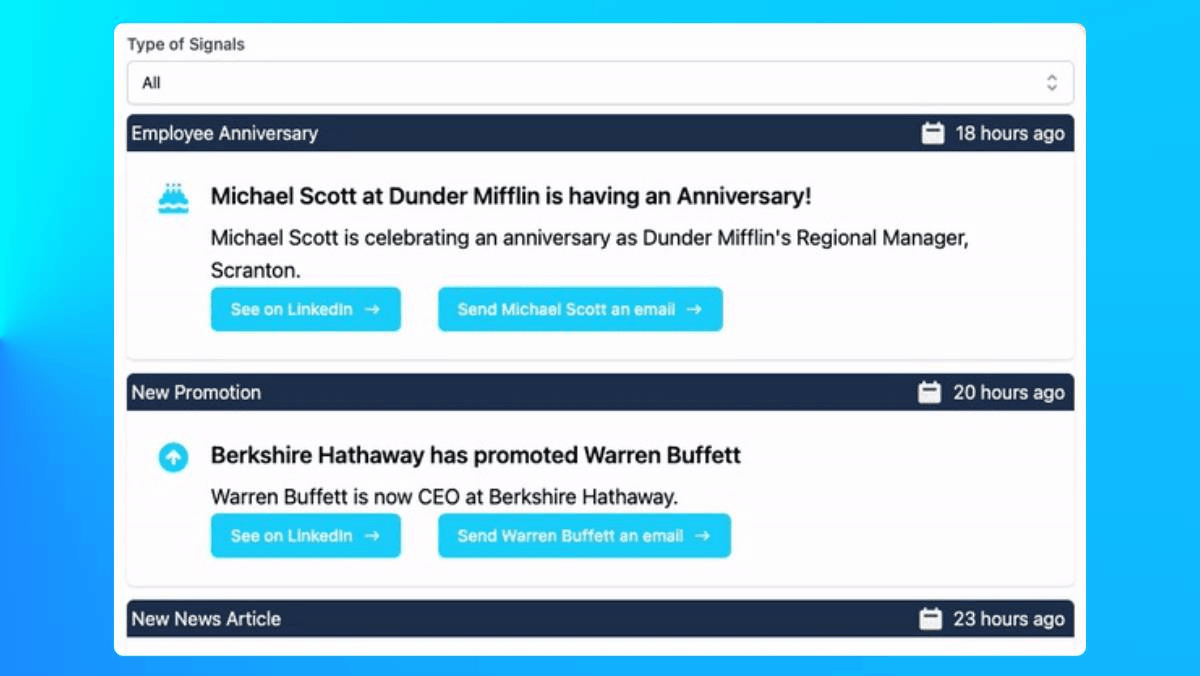We obsess over deal velocity. How quickly can I find deals, close them, and move onto the next one? It infects the rest of our work: BDRs batch and blast outreach to book more meetings. Reps fill out their calendars only half-prepared for the meetings. Managers ask weekly, “When’s this deal coming in?”
This cycle puts pressure on front-line sellers to go out and hustle opportunities into existence. How many times have you seen a rep work their rear end off only to create an opportunity that just keeps getting pushed out quarter after quarter as the prospects’ priorities change? How many managers have talked to their team about hitting activities until they’re blue in the face?
There’s a crucial factor that these velocity-oriented strategies miss: How “sticky” can you expect a deal to be, if the urgency only exists on your end? Every good seller knows how to attach their deals to prospects’ timelines and needs. But what if we started from their needs and walked it back from our desire for deal velocity?
We can slow down to orient everything about our deal cycles to find the sales signals that make them sticky.
Like most sales teams I’ve been on, you’d find the Navy SEAL adage to be true: Slow is smooth and smooth is fast. We can slow down to orient everything about our deal cycles to find the sales signals that make them sticky. Then we’ll win more deals, more reliably and more quickly. All without giving our VP of Sales an aneurysm at the weekly pipeline meeting when that “sure deal” falls into next quarter.
Related: Your Sales Cycle is (Probably) Too Long. Try This Instead
What’s a sales signal?

You’re already familiar with the broad concept of sales signals: A buyer is interested in a solution to their problem, so they run a Google search. Your sales team knows this, which is why it has already explored solutions like Bombora or Demandbase that track acute intent in your accounts.
Depending on your sales cycle length, how educational your cycles are, and a host of other factors, this could get your foot in the door too late. Luckily, there are a host of signals to watch for that preempt these explicit demand signals:
Hiring signals
If the company you’re prospecting is investing in hiring new people, they’re likely investing in new tools and services for those employees to take advantage of. By reaching out when you see a role posted that’s relevant to what you sell, you open up a host of new opportunities.
Scan the job description for tools the company wants the new hire to be proficient in. See a competitor’s tool? You can offer to refer a champion of your service into the role. Best of all, you can tie your sales cycle to the new employee’s ramping period.
Related: 12 Ways to Speed Up Your Sales Cycle
Promotions and new employees
A new employee in your target role joins your prospective customer. Or, someone in a role you care about gets promoted.
Think back to every new job you’ve ever started. Was there ever a time that you were more willing to try new strategies, tools, and approaches?
Reaching out around new job and promotion events gives you the opportunity to capture an executive’s attention at some of the most flexible points of their career. Tying yourself to their new role can lead to very sticky deal cycles as their new reputation is in part crafted by the cycle you run together.
Related: Selling to Executives: 10 Essential Sales Presentation Tips (Sales Deck Ideas Included!)
Funding rounds
We might think that new funding rounds are among the happiest days in a company’s life. An influx of cash, a new milestone, and a reason to celebrate. But immediately after the celebration, companies need to step up and use that cash wisely to fuel their growth and ambitions.
They’re already thinking about shifting stages as a company. When you reach out and tie your service into that stage-shift, you can tie your deal cycle to their narrative and increase how sticky your deal is.
New financial filings
For public companies who file quarterly and annual reports with the SEC, they’re providing you with a gold mine of executive-level quotes and initiatives. 10-K, 10-Q, and earnings reports are important notices a company puts out on its progress and the higher-level goals it’s reaching for.
When you reach out to prospects at any level, being able to tie your service and product to those higher goals makes your life a lot easier. You’ll be able to speak to any decision maker at any level about how you tie into what’s important to them.
General news
The last signal I look for are news articles or product announcements. These require more investigation, but are useful in sensing a company’s general trend. You can hitch your wagon to almost any piece of news in a deal cycle, be it a new product launch, new executive hire, or new milestone.
Finding, not forcing timelines

So you’ve got your signals. How do you create stickiness?
Like I said earlier, we want to think about deal stickiness from the very beginning of our process. That means using these indicators in our prospecting, qualification, and discovery. Try these examples:
Using hiring to create stickiness
When we see a new job posting for a role we care about, we want to reach out to relevant team leaders about the tools they’re going to be using, their goals for this new role, and recommend our champions for the job. If we get the meeting, we want to learn about the timeline for the new hire and the tools they’ll be using. Then, we have a solid foundation we can communicate internally when it comes time to justify our pipeline.
Using funding news to create stickiness
Funding? Reach out to the executive level. What’s the plan for the new funding — assuming there was no news on it — and can our service help them grow in this new chapter? If so, what timeline do they have for achieving that goal?
Using a prospect’s promotion to create stickiness
Promotion? Congratulate them! How are they planning on hitting the ground running? Can we help them like we’ve helped similarly-titled execs at Customers A, B, & C? If so, what’s their plan for achieving that?
When we watch out for important happenings in our prospects’ lives, we can perform our judo: Instead of meeting them with the overwhelming force of our blanket prospecting, we gently use their momentum to achieve our goals, in step with theirs.

Moving from a velocity-oriented to a signal-oriented sales cycle can be gradual, partial, and simple to start with. It involves thinking of your sales territories not for their potential deal size, but for the potential low-hanging fruit you can pluck at any given time.
To achieve that, we automate, communicate, and isolate.
1. Automate low-hanging fruit
Commonly, reps move through a few levels of complexity when attempting to monitor their accounts for new happenings:
First, they use a tool like Google Alerts to monitor new news on any given prospects. But it creates a lot of noise and is difficult to maintain as you switch in and out new accounts.
Then, they graduate to Sales Navigator and maybe something like a Crunchbase Pro account. They’re great tools, but still can be quite noisy with the fluff that comes with a social networking tool. They also require a lot of manual checking and researching when your time could better be spent prospecting.
Finally, the businesses with larger budgets often try some combination of ZoomInfo Alerts, Bombora, 6Sense, or Demandbase. I’ve used a couple of them and didn’t find them to suit my needs — good data was still hard to come by, because a lot of it was oriented towards 3rd-party Google search data.
It’s a big enough problem that, after being in sales for years, I learned to code and built my own prospect monitoring system. But there are still free ways to test this strategy before you go paying for any tools:
Filtered Google Alerts
Although Google Alerts can be noisy, there are ways to pare it down to just your account mentions. Specifically, you can use the site: operator at the beginning of your query, followed by your prospect in quotation marks.

This restricts the alerts to only the sites you choose — maybe you have a favorite news source to monitor. Or, you want to track just their LinkedIn, Crunchbase, or even their company blog.
You’ll get sparse results doing this, but the ones that you do get will be high quality.
Monitoring financial filings
If you sell to public companies, you need to be aware of the new filings they put out. I follow 10-K and 10-Q filings, though the SEC gives you a few options to choose from:

With the link above, you can select your favorite filing type. Then, after hitting submit, you’ll get a page like this:

I recommend bookmarking it or setting it to open in a new tab any time you fire up your browser for the day. That way, you can see if there’s anything you should be reading before you get your day started, because these are always filled with a nugget or two of gold.
Funding events
Another great free option, this time for funding events, is Fortune’s Term Sheet. You’re not going to have the option to search companies or anything, but free is free, and you’ll get a daily list of hot funding rounds without having to lift a finger:

Beyond simple monitors

The enterprise tools mentioned at the start of this section will help you achieve some degree of success with these monitors.
I personally found them lacking, and ended up building a prospect monitor called Magic Sales Bot for surfacing signals on rep’s account lists.
As time goes on, more sales teams will realize the efficiency gained by operating from a signals-first standpoint and more tools will pop up in this realm. It’s a space to watch!
Watch: How to Utilize Automation to Accelerate the Sales Cycle (webinar)
2. Communicating at multiple levels
Once you’ve got signals hitting your inbox, act on them in a timely fashion. Signals do not happen in isolation, and neither should your messaging.
Did your prospect get promoted? While you’re reaching out to congratulate them, reach out to their boss — it’s a milestone for them too. Congratulate them and ask what the plans for their department are.
Did they raise funding? I always send an email to the C-suite. One email, multiple recipients. You’re offering your congratulations and there’s no need to feel shy about being friendly in messaging like this.
Are they hiring? It’s going to affect everyone from the new hire’s direct manager to the head of the department.
In all of these instances, when you spy a signal, you should be communicating throughout the chain of command. The signal will allow you to speak intelligently to their situation, and we’re experimenting to see who reacts to what signals in our territories.
3. Isolating “your signal”
By combining these signals with multi-tiered messaging, we should see a pattern start to emerge pretty quickly.
If most of your winning deals come from funding announcements, you know it’s time to shift your weight into initiatives that help you find more deals in this signal category. Maybe you pony up some budget for a sophisticated, funding-only signal tracker.
We’re also seeing what tier of executive resonates the most. Maybe your most successful signal is funding, because every time you send that group “congratulations” to the C-suite, they pass you on to the relevant employee that handles what you’re selling. And we all know how nice it is to be “referred down” into a conversation.
Deal stickiness: What success looks like
When you’re operating from a velocity-oriented mindset, you likely have your ideal customer in mind: Someone who looks a lot like your other customers. You’re often spraying and praying that the prospect on the receiving end self-identifies as someone with a similar goal to your current customers.
When you’re operating from a signal-oriented perspective, you can operate with more confidence. As time goes by, you begin to figure out which signal creates success for you in your territory. As you begin to put more resources into making that signal easier for you to act on, you can build a playbook around how these cycles go.
Hopefully, you can start to bubble up insights: For example, when a company gets funding, they often want to purchase an X within Y months. When they are hiring an email marketer, they often are looking to close on a new ESP within 6 months.
What are your go-to sales signals, and how do you make your deals stick? Share in the comments below!

 Edited by Kendra Fortmeyer @ Sales Hacker 2022
Edited by Kendra Fortmeyer @ Sales Hacker 2022



